NOC AUVs To Boost Portugal Ocean Science Research
A leading European research, technology and innovation organization has chosen underwater robotics from the UK’s National Oceanography Centre (NOC) to help advance its marine research capabilities.
The agreement will see Madeira Island’s Regional Agency for the Development of Research, Technology and Innovation, ARDITI, acquire two NOC Autosub Long Range (ALR) autonomous underwater vehicles, for use in ocean science offshore Portugal and beyond.
NOC’s ALRs can significantly advance ocean research supporting unprecedented data collection capabilities, from mapping to marine biogeochemical sensing, down to 6,000m water depth over durations from multiple weeks to months.
Both of ARDITI’s vehicles will come with a full suite of sensors. One will be 1,500m rated and focused on the oceanography and biogeochemistry of the water column. The second will be 6,000m rated and focused on seabed mapping.
To date, ALRs have been available for use by the UK marine science community. Agreements with overseas science organizations such as ARDITI opens their use to the international marine science community, but also helps to further develop the vehicles’ capabilities and availability, through funding and collaboration.
Madeira Island is uniquely placed to explore the deep ocean. The island is in the middle of the Atlantic Ocean, 1,000 km southwest of Lisbon, Portugal. It’s waters quickly deepen to around 1,000m within just 10km of the shoreline, and go to beyond 3,000m water depth beyond 15km.
Rui Caldeira, Principal Scientist, at ARDITI, says, “At ARDITI, we’re at the forefront of promoting research, technological development and innovation in Madeira Island. With NOC underwater vehicles, we’re pleased to expand our capabilities, leveraging their compact size, endurance and modularity for applications from coastal monitoring and seabed mapping to full water column oceanographic data gathering.
“The data they gather will support our and our partners’ research and help regional and national governments enforce EU Directives. Combined with uncrewed surface vessels (USVs) and traditional ships, they will also help to make Madeira Island an attractive ultra-deep-sea location for testing for international partners."
NOC’s ALRs have been built to be operated on a common, open-source operating system which removes the major learning curve that can be involved in adopting new technologies or robotics, with the vehicles having the flexibility to adopt a huge array of sensors which have already been integrated into the platform.
The agreement, through agency Casco Antiguo, will see the MARS group support ARDITI’s in-house robotics capabilities growth, while they will also bring insight into the wider ALR technology eco-system as it continues to advance.
The acquisition by ARDITI comes as NOC is also building additional vehicles for its own fleet, owned and operated by NOC, in addition to those already available for use by UK marine research organizations. By the end of 2026, there will be eight ALRs at NOC.
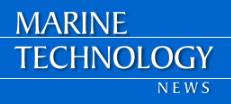
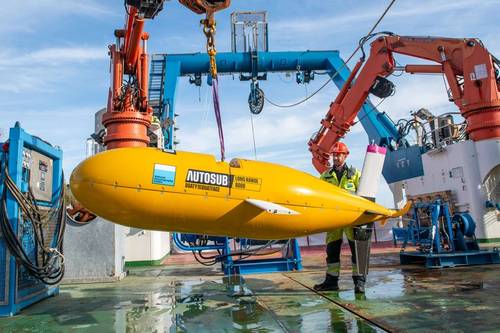


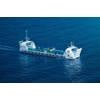
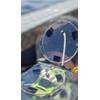
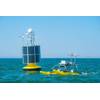






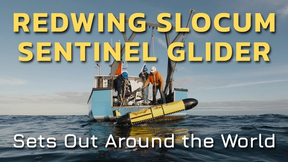
 August 2025
August 2025



